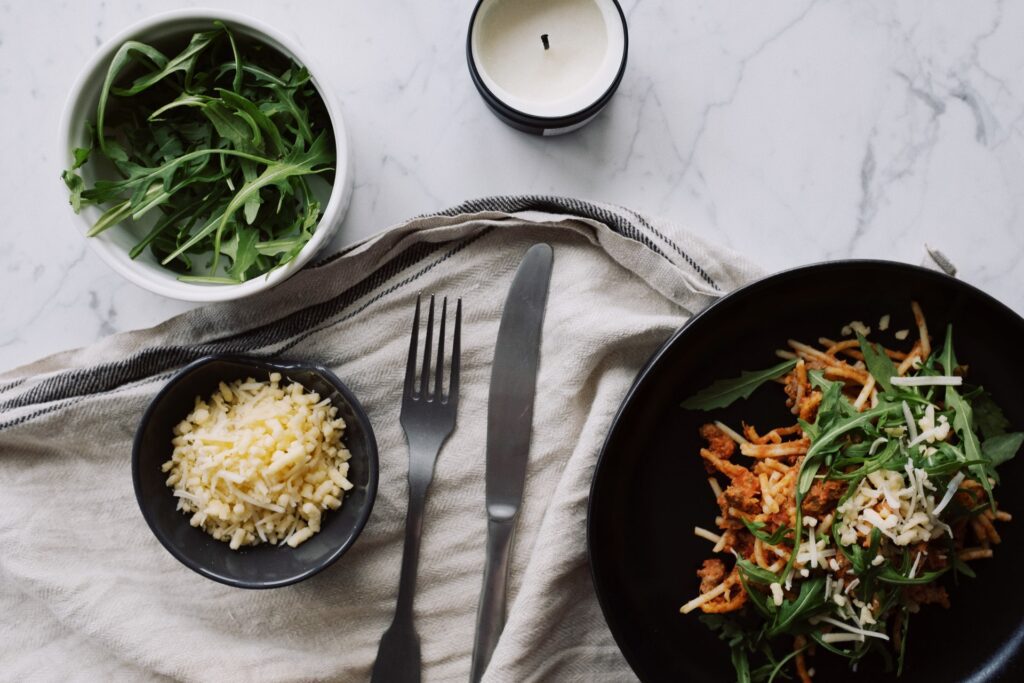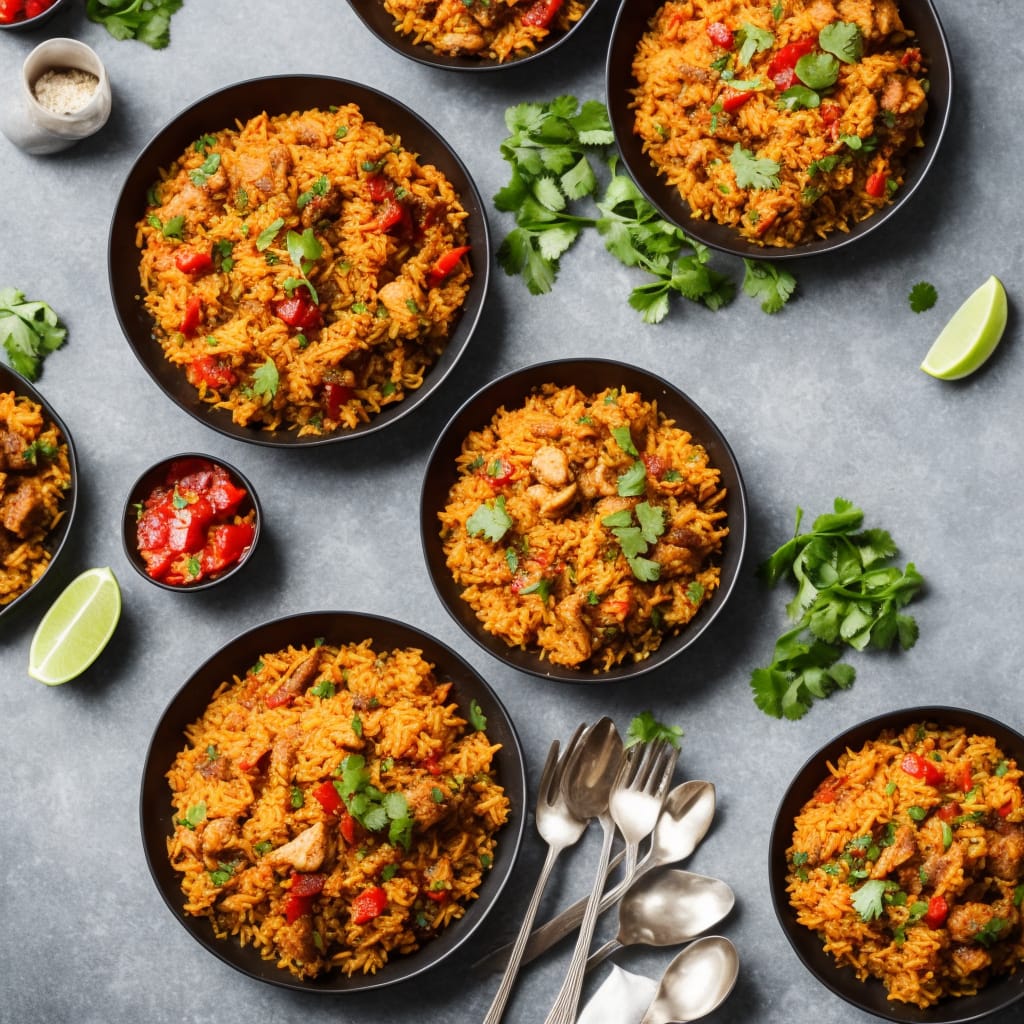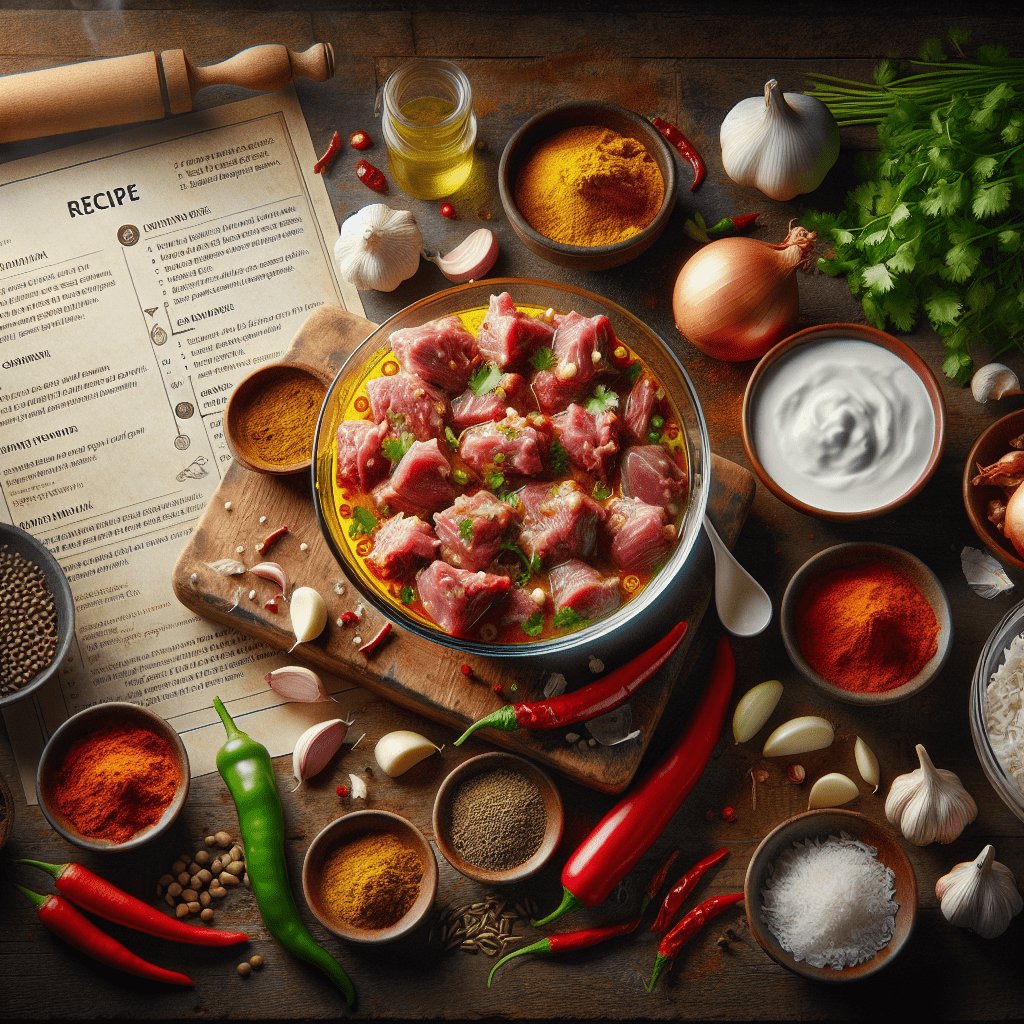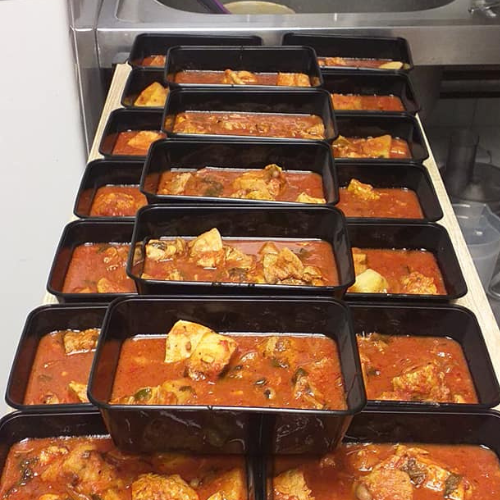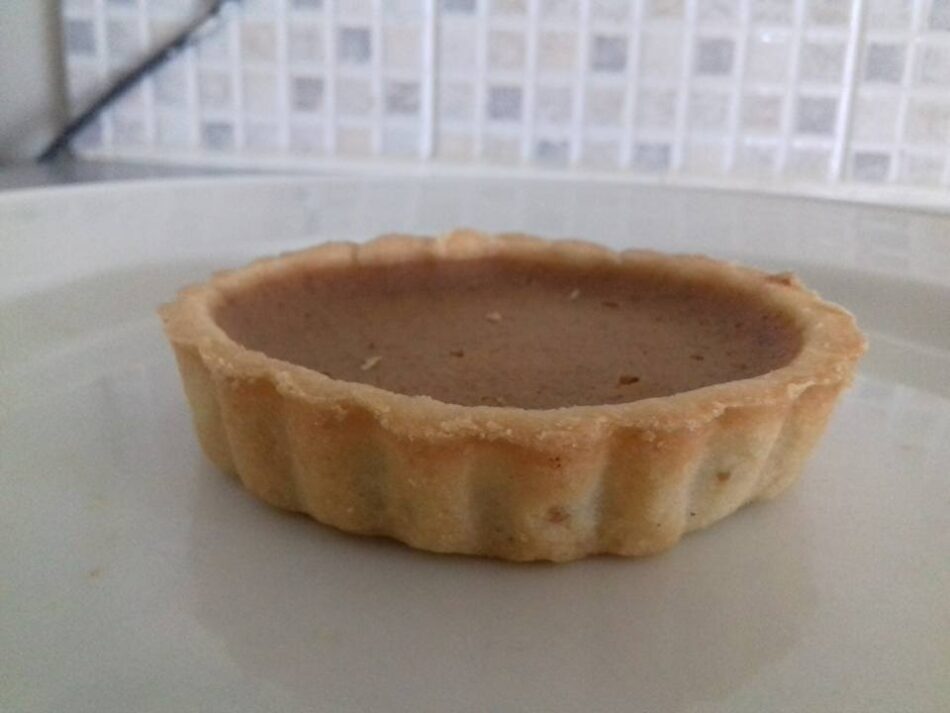The Ultimate Guide to Crafting Healthy and Delicious Salads for Your Weight Loss Plan
Are you tired of bland and boring salads that leave you feeling unsatisfied and hungry? Look no further! The ultimate guide to crafting healthy and delicious salads for your weight loss plan is here to revolutionize your diet. Salads are an excellent way to incorporate nutrient-rich ingredients into your meals while also promoting weight loss. However, not all salads are created equal. In this comprehensive guide, we’ll show you how to create salads that are both healthy and satisfying, packed with flavor, and won’t leave you feeling hungry an hour later. From choosing the right greens and toppings to creating the perfect dressing, we’ve got you covered. Whether you’re new to the salad game or a seasoned pro, this guide will provide you with all the tools you need to create delicious and nutritious salads that will help you achieve your weight loss goals.
Benefits of Incorporating Salads in Your Weight Loss Plan
Salads are a fantastic addition to any weight loss plan, not only because they are low in calories but also because they are packed with essential nutrients. Salads are made up of various fruits, vegetables, and other ingredients that are rich in vitamins, minerals, and antioxidants. These nutrients help to boost your immune system, improve your digestion, and keep your energy levels high throughout the day.
Another benefit of incorporating salads into your weight loss plan is that they help to reduce your overall calorie intake. By replacing high-calorie meals with salads, you can reduce your daily calorie intake without compromising on the nutritional value of your meals. Additionally, salads are usually high in fiber, which helps to keep you feeling full for longer and prevents overeating.
Finally, salads are incredibly versatile, which means that you can customize them to suit your taste preferences. Whether you prefer sweet or savory flavors, there is a salad recipe out there that will meet your needs. By incorporating a variety of ingredients into your salads, you can keep your meals interesting and satisfying while still promoting weight loss.
Understanding the Components of a Healthy and Balanced Salad
To create a healthy and balanced salad, you need to understand the different components that make up a salad. These components include:
Greens
The base of any salad is the greens. Greens are low in calories and high in fiber, which makes them an excellent choice for weight loss. Some examples of leafy greens that you can use in your salads include spinach, kale, arugula, and romaine lettuce. When choosing your greens, opt for darker, leafier greens, as they tend to be more nutritious than lighter greens.
Protein
Protein is an essential component of any salad, as it helps to keep you feeling full for longer. Some excellent sources of protein that you can add to your salads include chicken, turkey, tofu, beans, and eggs. When choosing your protein source, opt for lean proteins that are low in fat and calories.
Healthy Fats
Healthy fats are another essential component of a healthy and balanced salad. Fats help to keep you feeling full and satisfied and also help to regulate your hormones. Some examples of healthy fats that you can add to your salads include avocado, nuts, seeds, and olive oil.
Carbohydrates
Carbohydrates are a crucial component of a healthy and balanced diet, but they should be consumed in moderation. Some examples of healthy carbohydrates that you can add to your salads include sweet potatoes, quinoa, brown rice, and whole-grain bread. When choosing your carbohydrates, opt for complex carbohydrates that are high in fiber and nutrients.
Fruits and Vegetables
Finally, fruits and vegetables are an essential component of any salad. Fruits and vegetables are low in calories and high in fiber, vitamins, and minerals. Adding a variety of fruits and vegetables to your salads will help to keep your meals interesting and nutritious.
Choosing the Right Greens for Your Salad
Choosing the right greens for your salad is essential to creating a healthy and delicious meal. When choosing your greens, opt for darker, leafier greens, as they tend to be more nutritious than lighter greens. Some examples of leafy greens that you can use in your salads include spinach, kale, arugula, and romaine lettuce.
Another thing to consider when choosing your greens is the texture. Some greens, like kale, can be tough and chewy, while others, like spinach, are tender and delicate. Consider the other ingredients in your salad when choosing your greens and opt for greens that will complement the other flavors and textures in your salad.
Finally, consider the season when choosing your greens. Some greens are more readily available in certain seasons, so opt for seasonal greens to ensure that you’re getting the freshest and most nutritious ingredients.
Adding Protein to Your Salad
Protein is an essential component of any salad, as it helps to keep you feeling full for longer. Some excellent sources of protein that you can add to your salads include chicken, turkey, tofu, beans, and eggs. When choosing your protein source, opt for lean proteins that are low in fat and calories.
Another thing to consider when adding protein to your salad is the texture. Some proteins, like tofu, are soft and tender, while others, like chicken, are more firm and chewy. Consider the other ingredients in your salad when choosing your protein and opt for proteins that will complement the other flavors and textures in your salad.
Finally, consider the season when adding protein to your salad. Some proteins are more readily available in certain seasons, so opt for seasonal proteins to ensure that you’re getting the freshest and most nutritious ingredients.
Incorporating Healthy Fats in Your Salad
Healthy fats are another essential component of a healthy and balanced salad. Fats help to keep you feeling full and satisfied and also help to regulate your hormones. Some examples of healthy fats that you can add to your salads include avocado, nuts, seeds, and olive oil.
When adding healthy fats to your salad, consider the other ingredients in your salad and opt for fats that will complement the other flavors and textures. For example, if you’re using a sweet dressing, consider adding nuts or seeds for a crunchy texture.
Finally, be mindful of portion sizes when adding healthy fats to your salad. While healthy fats are good for you, they are also high in calories, so be sure to measure your portions to avoid overeating.
The Role of Carbohydrates in Your Salad
Carbohydrates are a crucial component of a healthy and balanced diet, but they should be consumed in moderation. Some examples of healthy carbohydrates that you can add to your salads include sweet potatoes, quinoa, brown rice, and whole-grain bread. When choosing your carbohydrates, opt for complex carbohydrates that are high in fiber and nutrients.
When adding carbohydrates to your salad, consider the other ingredients in your salad and opt for carbohydrates that will complement the other flavors and textures. For example, if you’re using a savory dressing, consider adding brown rice for a nutty flavor.
Finally, be mindful of portion sizes when adding carbohydrates to your salad. While carbohydrates are good for you, they are also high in calories, so be sure to measure your portions to avoid overeating.
Creating Flavor and Texture with Fruits and Vegetables
Fruits and vegetables are an essential component of any salad. Adding a variety of fruits and vegetables to your salads will help to keep your meals interesting and nutritious. When choosing your fruits and vegetables, opt for a variety of colors and textures to add interest to your salad.
Some excellent fruits and vegetables that you can add to your salads include:
- Tomatoes
- Cucumbers
- Carrots
- Bell peppers
- Berries
- Apples
- Oranges
- Grapes
When adding fruits and vegetables to your salad, consider the other ingredients in your salad and opt for fruits and vegetables that will complement the other flavors and textures.
Homemade Salad Dressings for a Healthier Option
Store-bought salad dressings are often high in calories and unhealthy fats. Making your own salad dressing is a healthier option and allows you to customize the flavors to suit your taste preferences. Some excellent homemade salad dressings that you can try include:
Balsamic Vinaigrette
- 1/4 cup extra-virgin olive oil
- 2 tablespoons balsamic vinegar
- 1 tablespoon Dijon mustard
- 1 teaspoon honey
- Salt and pepper to taste
Combine all ingredients in a jar and shake well to combine.
Lemon Garlic Dressing
- 1/4 cup extra-virgin olive oil
- 2 tablespoons fresh lemon juice
- 1 garlic clove, minced
- 1 teaspoon honey
- Salt and pepper to taste
Combine all ingredients in a jar and shake well to combine.
Greek Yogurt Dressing
- 1/2 cup plain Greek yogurt
- 2 tablespoons fresh lemon juice
- 1 tablespoon Dijon mustard
- 1 garlic clove, minced
- Salt and pepper to taste
Combine all ingredients in a bowl and mix well to combine.
Salad Recipes for Your Weight Loss Plan
Grilled Chicken and Avocado Salad
- 2 cups mixed greens
- 1 grilled chicken breast, sliced
- 1/2 avocado, sliced
- 1/4 cup cherry tomatoes, halved
- 1/4 cup red onion, sliced
- 1 tablespoon olive oil
- 2 tablespoons balsamic vinegar
- Salt and pepper to taste
Combine all ingredients in a bowl and toss well to combine.
Quinoa and Roasted Vegetable Salad
- 2 cups mixed greens
- 1/2 cup cooked quinoa
- 1/2 cup roasted vegetables (such as sweet potatoes, carrots, and bell peppers)
- 1/4 cup feta cheese, crumbled
- 1 tablespoon olive oil
- 2 tablespoons lemon juice
- Salt and pepper to taste
Combine all ingredients in a bowl and toss well to combine.
Tuna and White Bean Salad
- 2 cups mixed greens
- 1 can white beans, drained and rinsed
- 1 can tuna, drained
- 1/4 cup red onion, sliced
- 1/4 cup cherry tomatoes, halved
- 1 tablespoon olive oil
- 2 tablespoons red wine vinegar
- Salt and pepper to taste
Combine all ingredients in a bowl and toss well to combine.
